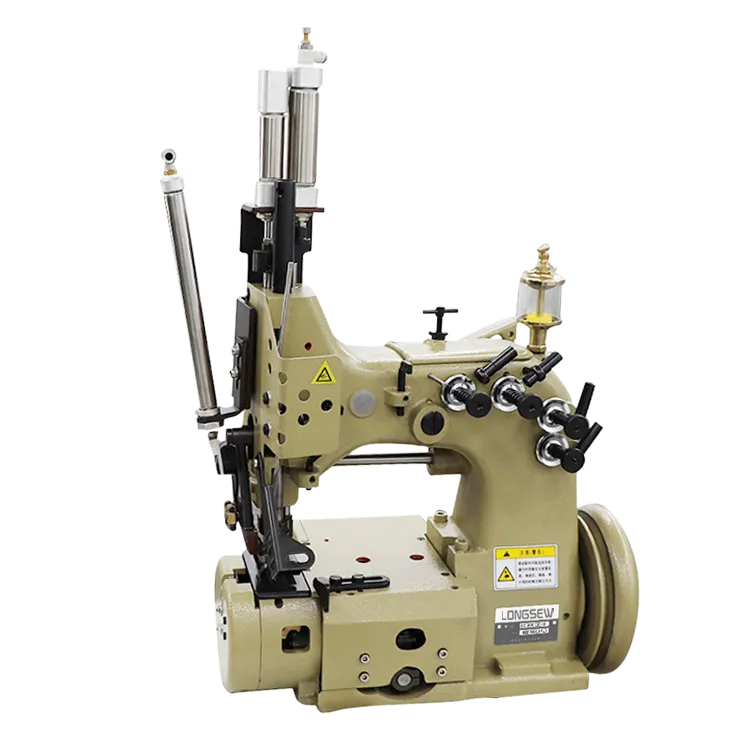Understanding Lock Stitch Functionality on a Sewing Machine for Optimal Sewing Results
Understanding Lock Stitch on Sewing Machines
Lock stitch is one of the most fundamental and widely used types of stitches in sewing, providing both strength and durability in various textiles. This article delves into the workings of lock stitch on sewing machines, its applications, and its significance in the world of sewing.
What is Lock Stitch?
A lock stitch is created by interlocking two threads a top thread and a bottom thread, which is drawn from the bobbin beneath the fabric. This stitching technique is prevalent in home and industrial sewing machines, primarily due to its robustness and capability to produce a neat and professional finish. The lock stitch is characterized by its straight line and tight, even formation, making it ideal for various sewing tasks.
The Mechanism of Lock Stitch
The lock stitch formation occurs in three main steps
1. Needle Insertion The process begins with the needle penetrating the fabric, bringing the top thread through the fabric layers.
2. Formation of the Loop As the needle rises, the top thread forms a loop above the fabric.
3. Interlocking with Bobbin Thread The bobbin case, which holds the bottom thread, is designed to catch this loop. As the needle continues to move up, the loop tightens around the bobbin thread, creating the lock stitch. Once the loop is locked in place, the needle continues its downward motion, pulling the newly formed stitch tight against the fabric.
This systematic interaction between the needle and the bobbin creates a secure and reliable stitch that is less likely to unravel compared to other types of stitches.
Applications of Lock Stitch
Lock stitches are used in numerous sewing applications, from garment construction to quilting, due to their structural integrity
. Here are some common useslock stitch on sewing machine

- Apparel Production The lock stitch is prevalent in finishing seams, hems, and securing fabric layers, providing a clean and professional look to garments.
- Home Décor From curtains to pillowcases, the lock stitch is the go-to method for constructing various home textile items, where durability is essential.
- Quilting The precision and consistency of the lock stitch make it the preferred choice for quilters, ensuring that intricate designs remain intact through wash and wear.
- Leatherwork For leather goods, a lock stitch offers the strength needed to withstand wear while maintaining aesthetic appeal.
Benefits of Lock Stitch
The lock stitch boasts several advantages that make it a staple in both home and commercial sewing environments
1. Durability Lock stitches resist unraveling, making them highly suitable for items that will experience stress and strain.
2. Versatility This stitch can be used on various fabrics, from delicate materials to heavy-duty textiles.
3. Clean Finish Lock stitches deliver a professional appearance, ensuring that finished projects meet high-quality standards.
Conclusion
The lock stitch is an essential stitch type in the sewing world, celebrated for its strength, versatility, and tidy appearance. Understanding how lock stitches work and their applications can greatly enhance a sewer’s ability to create durable and beautiful items. Whether you're a beginner or an experienced sewist, mastering the lock stitch will undoubtedly elevate your sewing skills and the quality of your projects. So, the next time you sit at your sewing machine, remember that this simple yet effective stitch is the backbone of countless creations!
-
Leather Sewing Machine: The Industrial Standard for Tough MaterialsNewsJul.18,2025
-
Sail Making Machine: Heavy-Duty Stitching for Industrial and Marine NeedsNewsJul.18,2025
-
Sling Sewing Machine: The Backbone of Heavy-Duty FabricationNewsJul.18,2025
-
Leather Sewing Machine: Precision for Heavy-Duty StitchingNewsJul.18,2025
-
Big Bag Sewing Machine: Powering the Future of Bulk PackagingNewsJul.18,2025
-
FIBC Sewing Machine: Essential Equipment for Bulk Bag ProductionNewsJul.18,2025
-
Heavy Duty Leather Sewing Machine: A Must-Have for Professional LeatherworkNewsMay.28,2025





























